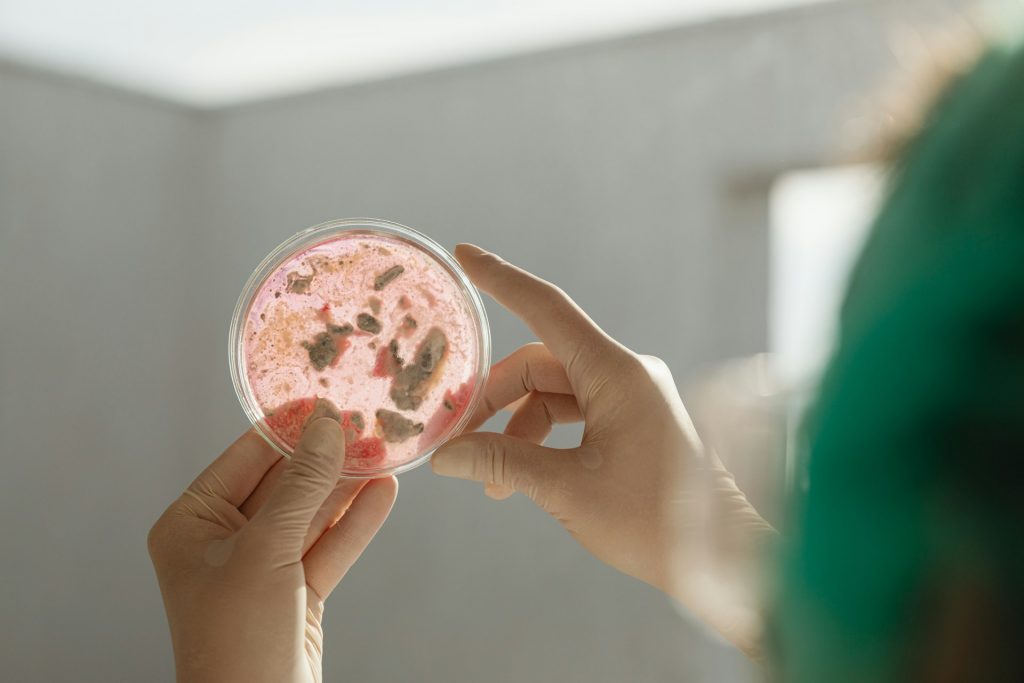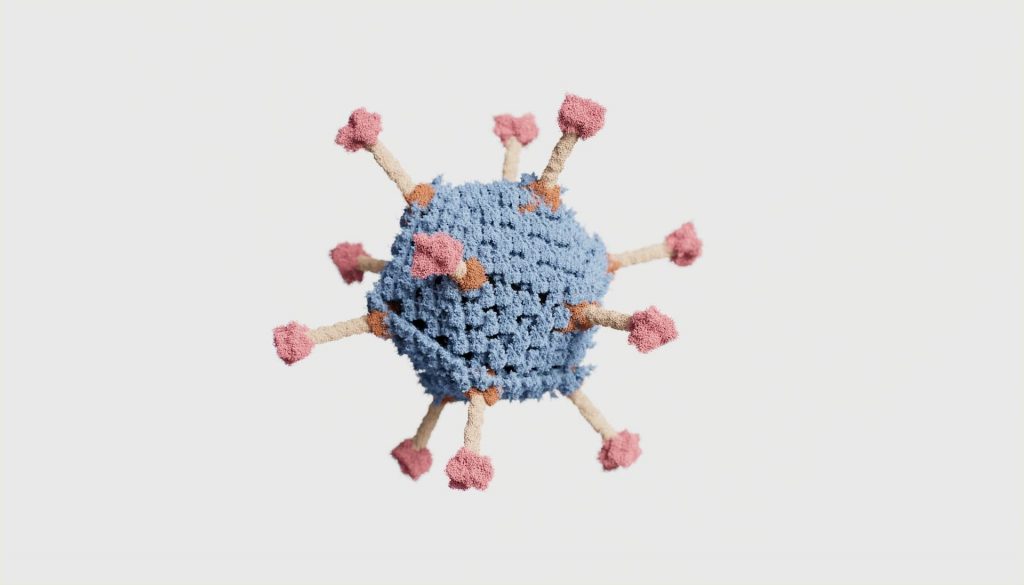Microbial bioremediation, an innovative approach in environmental cleanup, harnesses the natural processes of microorganisms to detoxify polluted environments. This biological method utilizes the inherent abilities of microbes, such as bacteria, fungi, and algae, to break down, absorb, or transform hazardous substances into less harmful forms. The process stands out for its eco-friendliness, cost-effectiveness, and efficiency in tackling a variety of pollutants, ranging from oil spills to heavy metals and pesticides. As an emerging field in biotechnology, microbial bioremediation offers a sustainable alternative to traditional chemical and physical methods of environmental cleanup, which are often more invasive and can lead to secondary pollution. This introduction delves into the principles of microbial bioremediation, exploring how these tiny organisms hold immense potential in addressing some of the most pressing environmental challenges of our time, marking a significant step towards more sustainable and effective pollution control strategies.
Types of Pollution Tackled by Microbes
Microbes are incredibly versatile in their capacity to clean up various forms of pollution, a capability that is increasingly recognized in environmental biotechnology. These microorganisms are adept at degrading organic pollutants, such as oil and petrochemicals, often found in spills that devastate marine and terrestrial ecosystems. They also play a crucial role in mitigating the effects of industrial waste, including harmful chemicals and dyes, by breaking them down into less toxic substances. In addition to organic pollutants, certain microbial species have shown remarkable abilities in bioremediation of heavy metals, transforming them into more stable, less harmful forms.
Agricultural pollutants, particularly pesticides and fertilizers, are another area where microbial intervention proves effective, preventing runoff and eutrophication in water bodies. These diverse applications of microbial bioremediation are regularly showcased in scientific gatherings like ASM Microbe 2024, where experts discuss the latest developments and future directions in this field. The ability of microbes to tackle a wide range of pollutants highlights their potential as a key tool in the fight against environmental degradation.
Key Microbial Species in Pollution Control

The success of microbial bioremediation hinges on the capabilities of specific microbial species, each adept at breaking down different types of pollutants. The following are some key microorganisms that play a vital role in environmental cleanup:
- Pseudomonas putida: Known for its ability to degrade petrochemicals.
- Deinococcus radiodurans: Effective in radioactive waste management.
- Phanerochaete chrysosporium: Used in breaking down lignin and pollutants in industrial waste.
- Bacillus subtilis: Notable for heavy metal bioremediation.
- Rhodococcus sp.: Efficient in degrading a wide range of organic compounds.
These microorganisms represent just a glimpse of the vast array of species that are instrumental in mitigating environmental pollution. Each species brings unique biochemical pathways to the table, allowing them to target specific contaminants.
Understanding these species and their specific capabilities is critical in optimizing bioremediation strategies. In-depth information about these and other microbial species can be found through resources like the U.S. National Library of Medicine, providing valuable insights into the science of microbial bioremediation. By harnessing the natural abilities of these microbes, environmental scientists and engineers are able to develop more effective and sustainable methods for cleaning up polluted environments.
Biotechnology Techniques in Cleanup
The application of biotechnology techniques in environmental cleanup has revolutionized the field of bioremediation. These techniques enhance the natural capabilities of microbes, making the process more efficient and effective. Genetic engineering plays a significant role, where scientists modify microbes to boost their pollutant-degrading abilities or to survive in harsh conditions. This modification involves the introduction of genes that encode specific enzymes capable of breaking down complex pollutants into harmless substances. Another technique is bioaugmentation, which involves adding specific strains of bacteria to contaminated sites to accelerate the degradation process. In situ bioremediation, a method where treatment is applied directly at the contaminated site, has gained popularity for its minimal environmental disruption.
Conversely, ex situ bioremediation involves removing the contaminated material for treatment elsewhere, which is often used for heavily polluted sites. These biotechnological advances have also led to the development of biosensors, devices that use microbial cells to detect and quantify pollutants in the environment. Collectively, these techniques represent a significant leap forward in the ability to clean and restore polluted environments, showcasing the power of biotechnology in addressing some of the most challenging environmental issues.
Case Studies of Successful Cleanups
The effectiveness of microbial bioremediation is best illustrated through real-world case studies, where these techniques have successfully revitalized polluted environments. These examples demonstrate the practical applications and outcomes of using microbes in environmental cleanup:
- The Exxon Valdez Oil Spill: Microbes were used to degrade oil residues in one of the most infamous spills in history.
- Chernobyl Nuclear Disaster: Certain fungi species have been utilized to reduce radioactivity in the contaminated zone.
- Hudson River PCB Cleanup: Microbial methods were employed to break down polychlorinated biphenyls (PCBs) in the riverbed sediments.
Each of these cases represents a different challenge and pollutant type, showcasing the versatility and effectiveness of microbial bioremediation methods. The success in these scenarios has not only provided a model for future cleanups but has also highlighted the potential for sustainable environmental restoration. Further insights into such environmental success stories can be found on the U.S. Environmental Protection Agency website. These examples serve as a testament to the power of biotechnology in tackling some of the most daunting environmental crises, paving the way for future innovations in the field of microbial bioremediation.
Challenges and Future Research

While microbial bioremediation holds great promise, it faces several challenges that need addressing to fully realize its potential. One major challenge is ensuring the survival and efficiency of microbes in diverse and often harsh environmental conditions of polluted sites. This requires ongoing research to understand and enhance microbial resilience and adaptability. Another challenge lies in scaling up laboratory success to field applications, which involves navigating complex ecological interactions and varying site conditions. Additionally, there is the need for continuous monitoring and assessment of long-term impacts on the environment and local ecosystems. Future research, including exploring the potential of stem cells, is crucial in overcoming these hurdles. This research is expected to focus on developing more robust microbial strains, optimizing bioremediation processes, and integrating new biotechnological advancements. Addressing these challenges is key to advancing microbial bioremediation from a promising concept to a widely implemented solution for environmental cleanup.
Eco-Friendly Cleanup Promise
The promise of microbial bioremediation as an eco-friendly solution for environmental cleanup is undeniable. As we advance, this field offers a beacon of hope in addressing pollution challenges effectively and sustainably. Embracing these natural processes signifies a crucial step towards a cleaner, healthier planet, showcasing the power of biotechnology in harmonizing human activities with the environment.

